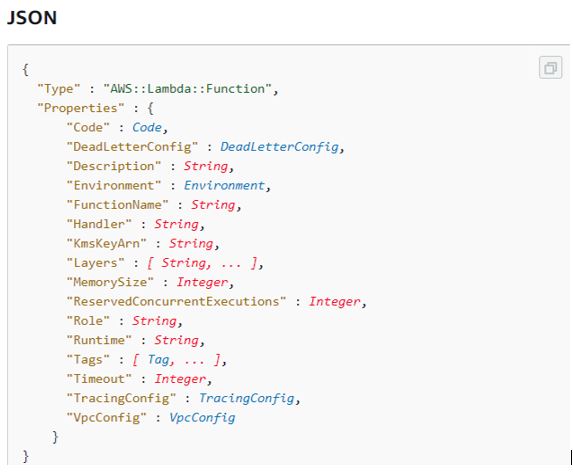
AWS Lambda Function
What is AWS Lambda?
AWS Lambda is a serverless compute service. Hence you don’t have to stress over which AWS assets to dispatch, or by what means will they oversee them. Rather, you have to put the code on Lambda, and it runs. In any case, a lambda must be utilized to execute foundation undertakings.
In AWS Lambda the code is executed dependent on the reaction of occasions in AWS services, for example, include/erase records in S3 can, HTTP demand from Amazon API entryway, and so on.
AWS Lambda likewise encourages you to concentrate on your important or core item and business rationale rather than oversees the operating system (OS) control, OS fixing, right-measuring, provisioning, scaling, and so on.
What is AWS Lambda Function?
The AWS::Lambda:: Function asset makes a Lambda function. To make it, you need a deployment package and an execution job. The deployment package contains your function’s code. The execution job gives the authorization to utilize AWS administrations, for example, Amazon CloudWatch Logs for log streaming and AWS X-Ray for request tracing.
Analysis of Lambda Function
To see how to compose a Lambda work, you need to comprehend what goes into one.
Handler:
A Lambda work has a couple of prerequisites. The main prerequisite you have to fulfill is to give a handler. The handler is the passage point for the Lambda. A Lambda function acknowledges JSON-organized information and will, for the most part, return the equivalent.
Runtime Environment:
The subsequent necessity is that you’ll have to indicate the runtime condition for the Lambda. The runtime will typically associate straightforwardly with the language you chose to compose your function.
Trigger:
The last prerequisite is a trigger. You can design a Lambda conjuring because of an occasion, for example, another document transferred to S3, an adjustment in a DynamoDB table, or a comparative AWS occasion. You can likewise design the Lambda to react to solicitations to AWS API Gateway, or dependent on a timer activated by AWS Cloudwatch. You can even set up Lambda functions to react to occasions produced by Alexa, yet that is well past the extent of this article.
Syntax of Lambda Function: The following syntax is used to declare it:

Best practices of Lambda Function
Here, are significant prescribed procedures of Lambda functions:
- Utilize the right “break.”
- Use the local storage functions which are 500MB in size in temp folder.
- Limiting the utilization of start-up code which isn’t legitimately identified with handling the recent event.
- You should utilize worked in CloudWatch checking of your Lambda functions to see and improve demand latencies.
Advantages of utilizing AWS Lambda
AWS Lambda has a couple of remarkable favorable circumstances over keeping up your own servers in the cloud. The principal ones are:
Pay per use. In AWS Lambda, you pay just for the figure your functions use, in addition to any system traffic produced. For remaining tasks at hand that scale altogether as indicated by the time of day, this sort of charging is commonly more practical.
Completely managed infrastructure. Since your functions run on the oversaw AWS foundation, you don’t have to consider the basic servers—AWS deals with this for you. This can bring about huge reserve funds on operational assignments, for example, updating the working framework or dealing with the system layer.
Programmed scaling. AWS Lambda makes the occurrences of your function as they are mentioned. There is no pre-scaled pool, no scale levels to stress over, no settings to tune—and simultaneously your functions are accessible at whatever point the heap increments or diminishes. You just pay for each function’s run time.

 English | EN
English | EN 